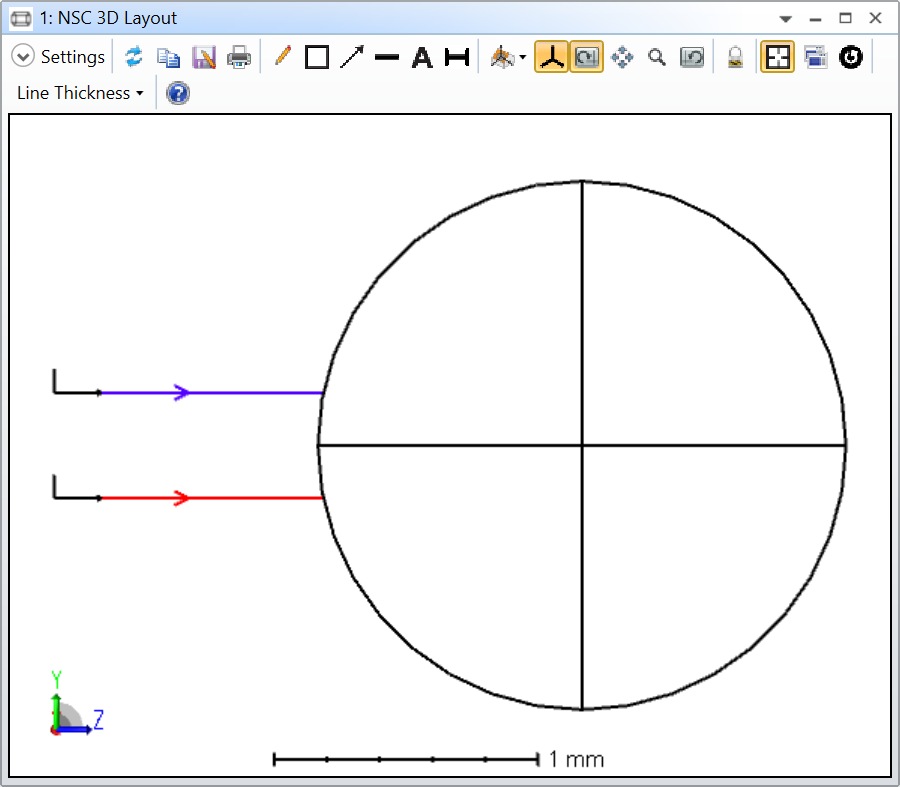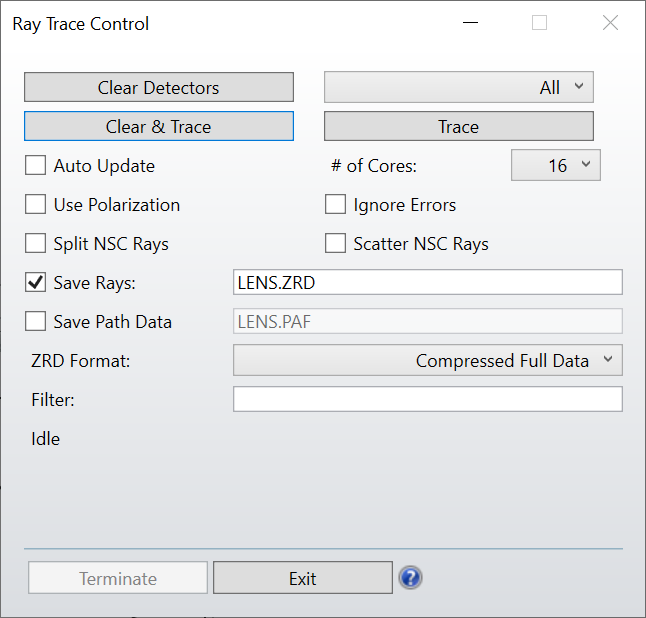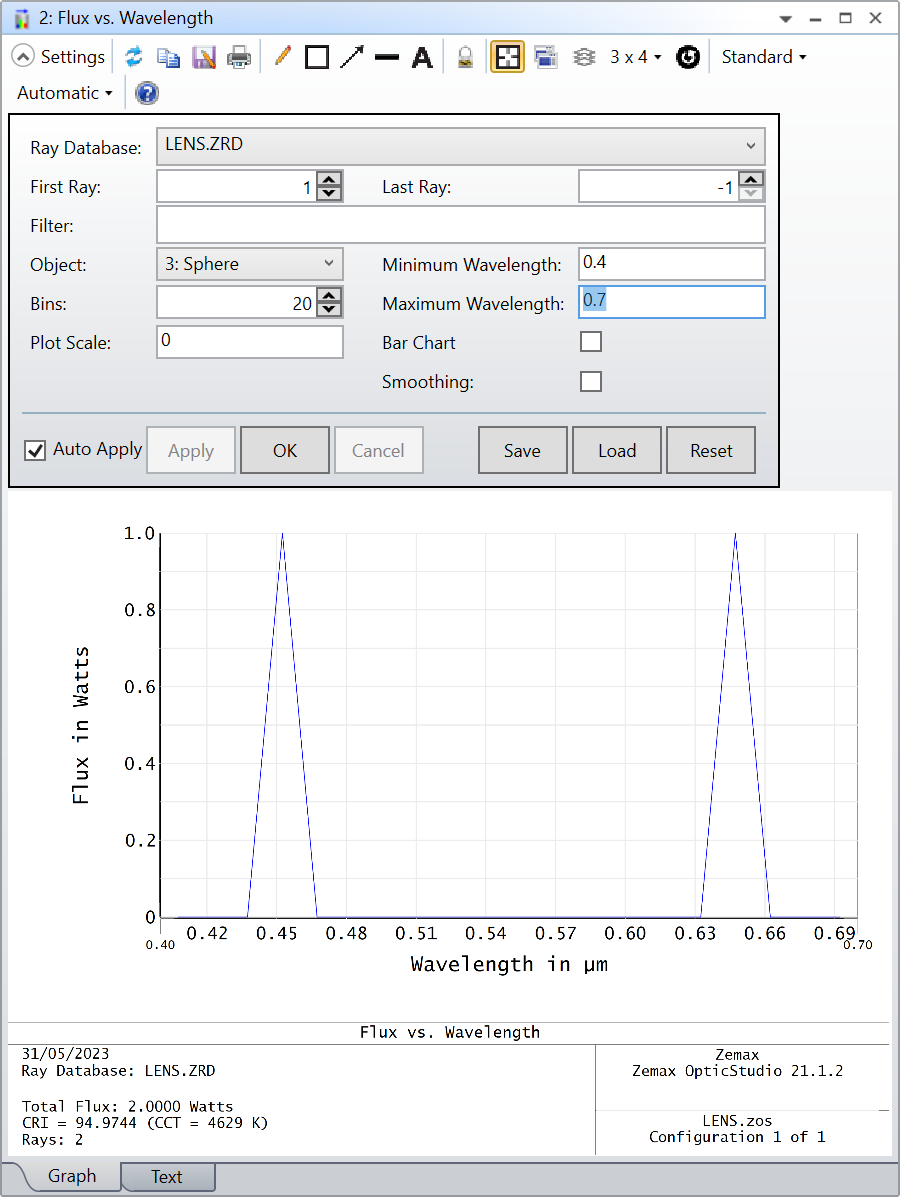I am trying to use the Flux v.s. Wavelength tool on Zemax to gather information for calculating a resolution of a lens involving a grism.
When I run the program, the graph shows a straight line with a measurement of zero flux. I believe my program is having problem collecting the rays properly, however I have tested different ray databases and experimented with other options as well. Any ideas?
(Will also take secondary advice on a possibly better way to gather data on resolutions)
Thank you,
New Zemax User







